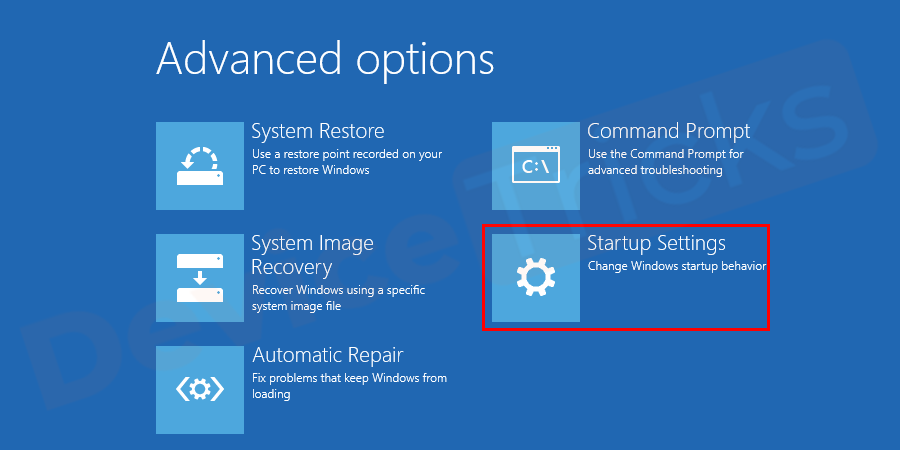
Select all files, then press “Delete.” If you can’t delete the files because they’re in use, you’ll need to restart your PC. Next, you’ll need to delete the files in the “C:/WindowsSoftwareDistribution” folder. Next, stop “ Windows Update Service” and “Background Intelligent Transfer Service.” There are two commands you’ll need to type into the command prompt, one at a time.Open the “Start menu,” then type “cmd” into the “Search box,” and then select “Command Prompt” and choose “Run as Administrator.”.You’ll only delete temporary Windows Update files, but it is recommended that you set up a System Restore point before going any further. It shouldn’t cause any damage to your PC. If the troubleshooter does not resolve the update problem, it’s time to interact with your computer’s system settings.

#2: Delete Files in Software Distribution The troubleshooter should hopefully clear up the problems causing Windows Update to get stuck.

Other times, the OS fancies doing its own thing for a while, slowing your eagerly awaited update to a crawl. Perhaps your Windows 10 downloaded half of the update before deciding it doesn’t want to stay connected to the server.


 0 kommentar(er)
0 kommentar(er)
